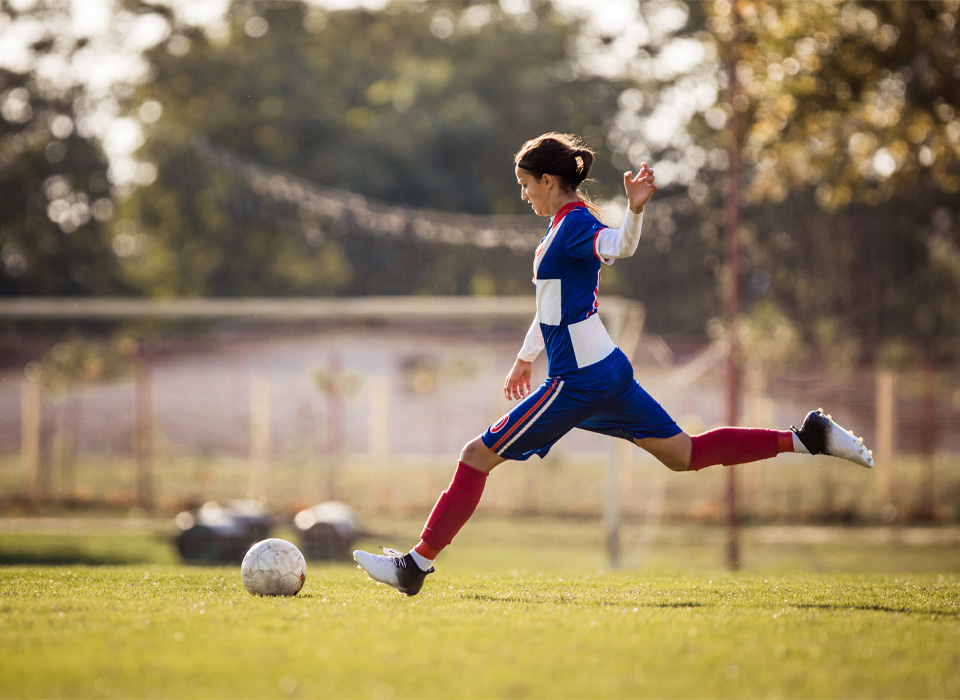Welcome to my sports medicine blog! I’m Larry Benson, MD, CAQSM, from Ortho On Call and OrthoVirginia. I am passionate about helping athletes stay healthy and perform at their best. As a sports medicine physician, I’ve had the privilege of working with athletes from various sports, and today, I want to explore one of the most feared injuries in soccer: the anterior cruciate ligament (ACL) tear.
Anatomy of an ACL Tear
Cruciate ligaments are found inside the knee joint, and they cross each other to form an X, with the anterior cruciate ligament (ACL) in front of the posterior cruciate ligament (PCL). The ACL runs diagonally in the middle of the knee and is injured far more often than the PCL.
What is an ACL Tear?
A tear to the ACL is considered a sprain, and it’s graded on levels of severity.
- Grade 1: Mild damage and slightly stretched, but the knee joint is still stable.
- Grade 2: The ligament stretched to the point of becoming loose; may be referred to as a partial tear.
- Grade 3: A complete tear in which the ligament has been torn in half or pulled directly off the bone.
Partial tears are uncommon, with most ACL injuries being a complete tear of the ligament. Seeking medical attention is vital when you’ve sustained an injury to the knee. Ortho On Call can help get you back on track until you can see a physician!
Did you know? When playing certain sports, female athletes have a higher ACL injury rate than male athletes. According to several studies, this could be because of differences in physical conditioning, muscular strength, neuromuscular control, and even the effects of estrogen on ligament properties.
How ACL Tears Occur
An ACL tear can occur in a few different ways when playing soccer. These are the most common:
- Rapid direction change
- A sudden stop
- Slowing down while running
- Landing incorrectly from a jump
- Direct contact or collision
This video includes exercises athletes can do to help reduce the risk of injury, including ACL tears.
Symptoms and Diagnosis of an ACL Tear
- Pain with swelling within 24 hours of the incident*
- Loss of full range of motion
- Tenderness along the joint line
- Discomfort while walking
*The pain and swelling may go away on its own if ignored, but your knee will likely be unstable and you could risk causing further damage to the meniscus of your knee if you return to soccer without seeing a professional.
Most ACL tears can be diagnosed with a thorough physical examination of the injured knee, but your doctor may also need to order an X-ray or MRI scan to confirm the diagnosis and identify damage to any other part of the knee.
Treatment of an ACL Tear
Treatment will vary depending on patient and individual needs. For instance, a young athlete who plays soccer professionally may need surgery, whereas an older athlete who plays recreationally may be able to return to the sport without surgery.
If you experience an injury during your game, Ortho On Call is available for walk-in appointments for quick stabilization until you can see a physician at one of our OrthoVirginia offices.

